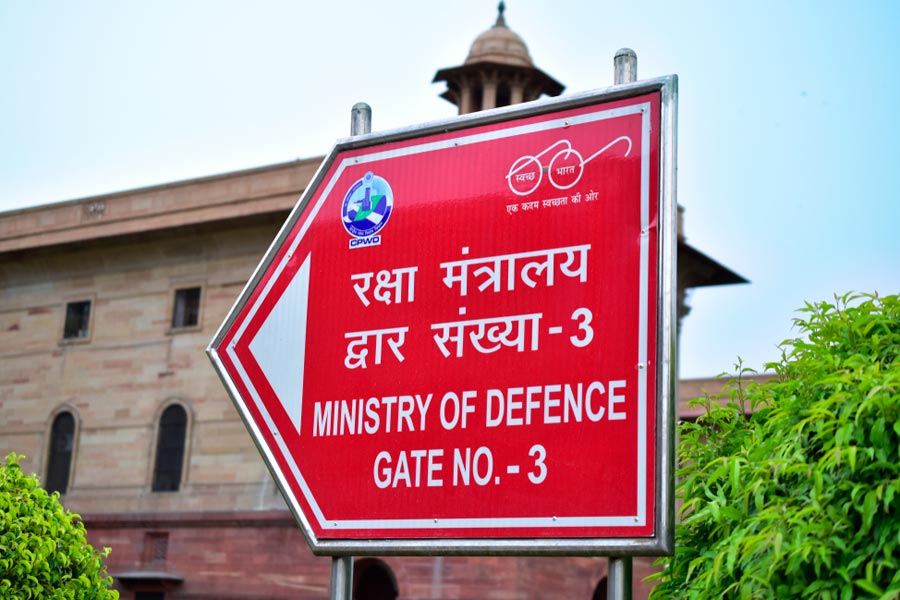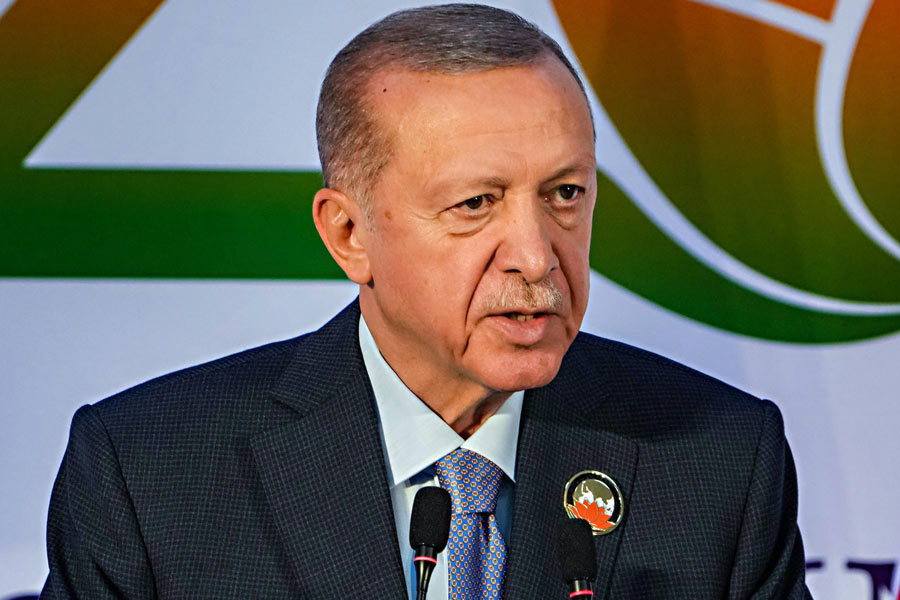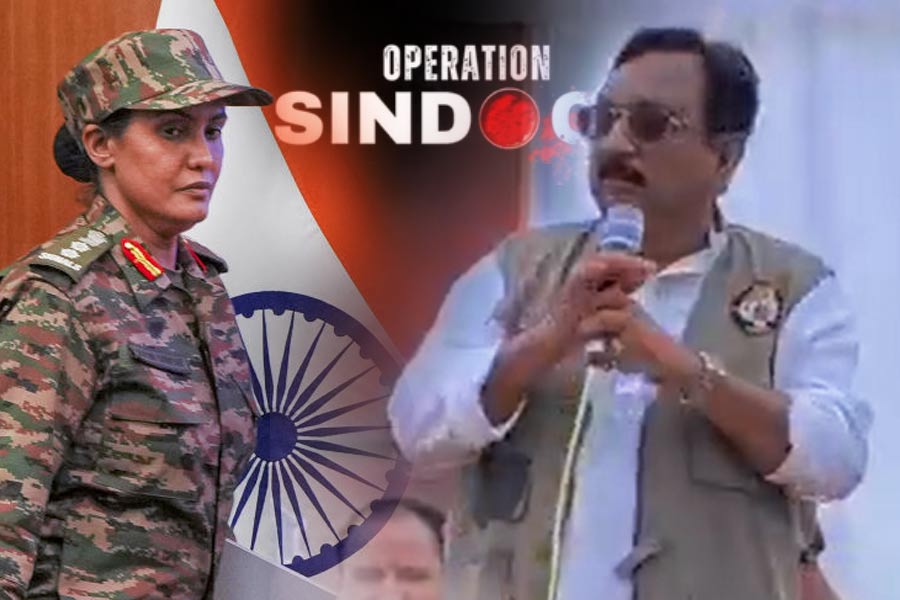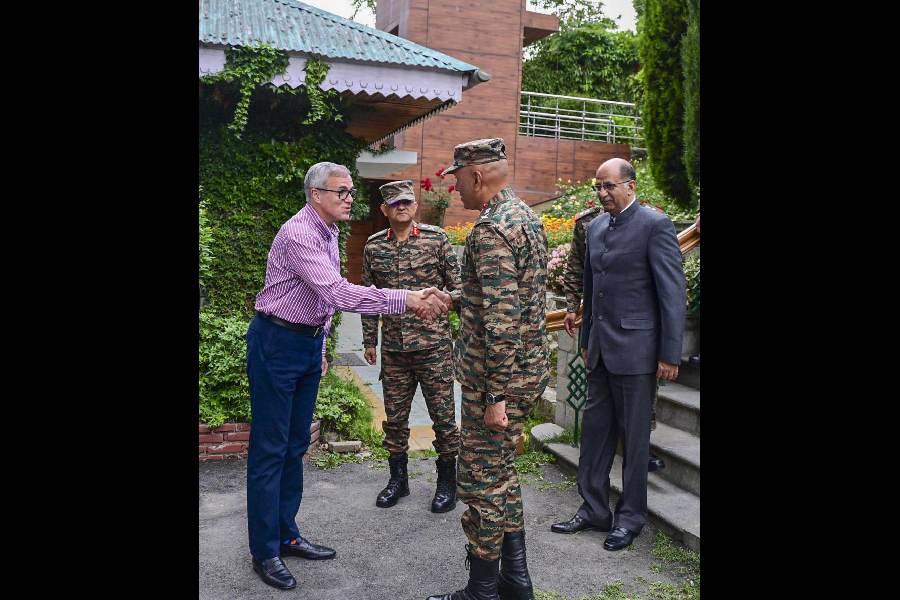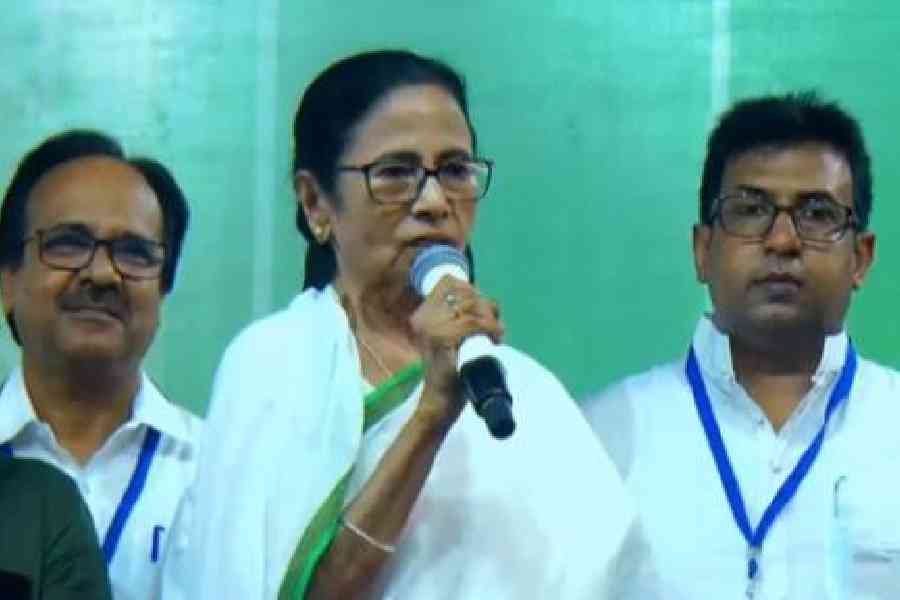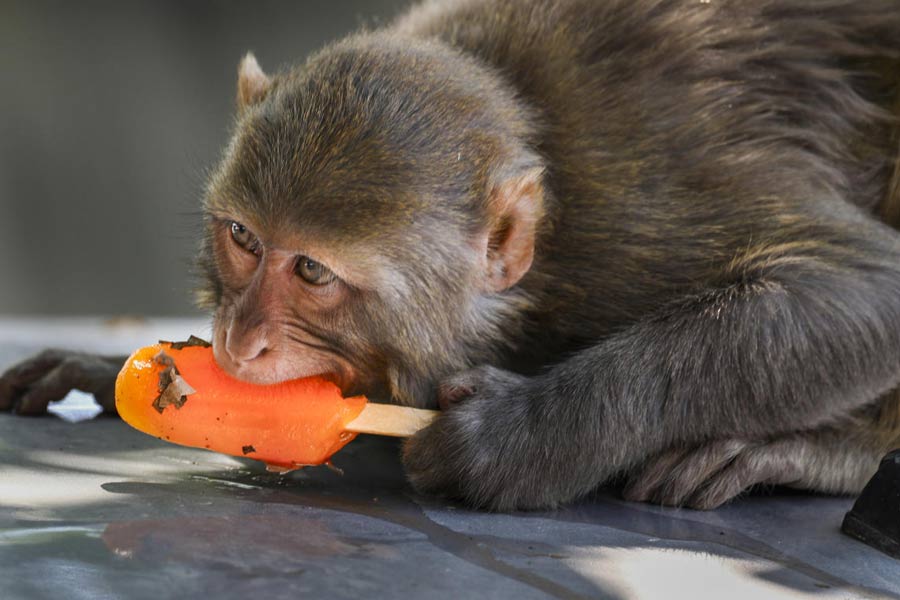 |
| FROZEN FRAME: Jackie Kennedy with Nehru in Delhi in 1962, photographed by Kulwant Roy |
Bringing India’s past to London
As with songs, it is possible to tell India’s history through news images. So we are indebted to Aditya Arya for bringing some 50 of Kulwant Roy’s photographs and exhibiting them at the Nehru Centre in London.
Aditya’s book, History in The Making: The Visual Archives of Kulwant Roy, co-authored with former JNU historian Indevar Kamtekar, with nearly 400 photographs chronicling events since the 1930s, has already received extensive coverage in India. But it is new to us as is Aditya’s revelation that he has thousands of negatives, many in need of restoration.
In Britain, as in India, photography has been a poor cousin of the arts, though the National Portrait Gallery, off Trafalgar Square, has been putting that right.
Aditya, who is 50 and who was left his treasure trove by Kulwant Roy when the latter died, issueless, of cancer in 1984, is taking time to browse through the huge collection of photographs at the British Library in London.
Kulwant Roy wasn’t really his relative. “He was my granduncle’s best friend.”
Nor was he a Bengali or born Roy. “He was a Punjabi, born a Sharma, lost his family when he was 10, was looked after by relatives, and maybe Rai became Roy.”
Aditya has not only assumed responsibility for saving the photographic legacy bequeathed to him but is also encouraging Indians everywhere to examine if they, too, have family albums with valuable or evocative images.
Of the pictures Aditya has brought to London, I like the one of Jackie Kennedy, nose crinkled, laughing alongside Nehru in Delhi in 1962.
But what was the joke that the US First Lady found so funny?
Before India’s photographic heritage is lost, Aditya would like a museum of photography to be built in India — rather like the museum of cinema the government is establishing in Mumbai.
“That would be fantastic,” he says.
 |
| INDIA IN SONGS: (From left) Mohammed Kassam, Sujit Sil, Rekha Paunrana and Rita Roy |
Memorable melodies
When they were little girls growing up in Calcutta, sisters Rita and Pritha Dasgupta were brought up to music and singing, “as in any Bengali family”, laughs Pritha Ray, now married and settled in London.
Last week with Rita Roy, who had come over from Calcutta, the sisters collaborated again to put on a concert, Memorable Melodies, with 28 Hindi movie songs to reflect the six decades since Indian independence.
Rita sang with Londoners Sujit Sil and Rekha Paunrana, accompanied by gifted musicians — Mohammed Kassam on keyboards and the violin, Keval Joshi on tabla, Parag Baxi on octapad and Deepak Khazanchi on the guitar.
The concert was held at the Rudolf Steiner Theatre, a 250-seat venue near Baker Street, minutes from Sherlock Holmes’s lodgings and also the headquarters of Lord Swraj Paul’s Caparo steel group.
I was relieved to note Swraj, who sat next to me, tapping away, so perhaps he was remembering the days when he romanced wife-to-be Aruna in the coffee houses of Calcutta.
The concert began with Yeh raat yeh chandni from Jaal, went through Tere mere sapne from Guide and Yeh kya hua from 1942: A Love Story and ended with Piya bole from Parineeta.
The pool was much richer in the 1960s and 1970s than in the 1980s and since 2000. But there remains magic in the way the Indian diaspora across the globe is tied together by the golden thread of movie melodies.
“We reduced a short list of 80 songs to 28 so we could not please everybody,” concedes Pritha. “We were also not always looking for hits but for beautiful songs.”
 |
Tagore’s travels
On June 6, in Hampstead, north London, there will be an evening of songs which Rabindranath Tagore composed on his travels.
Hardly has she returned from Cannes that Sangeeta Datta is putting the event together. Sangeeta will herself be singing two of the better known songs, Sakhi oi bujhi banshi bajey and Nirobo rajani dekho.
There will also be an address by Amartya Sen and readings by Sharmila Tagore.
There is a blue plaque erected outside 3 Villas on the Health, Vale of Heath, Hampstead, NW3, with the inscription: London County Council. “Rabindranath Tagore (1861-1941). Indian Poet stayed here in 1912.”
 |
Healing touch
The Indian Prime Minister Manmohan Singh, speaking last week about Indo-Pakistan relations, identified “trust deficit” between the neighbours as a major problem.
One young Pakistani who has been working hard to reduce the deficit is Hammad Chaudhry, who goes from his home in London to Cannes every year to buy Bollywood films for release in Pakistan on behalf of his family firm, HKC Entertainment.
After the Mumbai attacks of 26/11, he says there was pressure on him to hold back his Indian releases which he refused to do — “I said that would be giving in.”
“My Name is Khan has done exceptionally well in Pakistan — it touched a chord with people,” says Hammad. “With 25 prints it was the biggest release.”
He refers to the scene in which the Shah Rukh Khan character, Rizwan Khan, throws stones at Hindu baiters whom he identifies as the shaitan (devils) in a mosque.
“They clapped — they related to it a lot,” added Hammad, with his father, Abdul Khaliq Chaudhry, standing next to him at an Indian party in Cannes.
As Hammad has demonstrated, cinema — travelling in both directions (Khuda Ke Liye moved many in India) — has the power to heal and restore trust.
Princely party
The Indian Head Injury Foundation, which was launched with a banquet in London, is to have another fund-raising banquet, this time at the Taj in Bombay.
Gaj Singh, erstwhile Maharaja of Jodhpur, and his wife Hemlata Rajye, whose son Shivraj is now happily making a slow but good recovery following a near fatal polo accident in 2005, understandably fully supports the cause.
India is said to have the highest incidence of head injury in the world, with more than one million serious injuries and over 100,000 fatalities a year.
“The effort is to change the picture so that more people can meet better outcomes after a head injury — the type of care we would want for us and for those we love,” says Gaj Singh.
One “businessman” missing from the guest list this time is Deepak Kuntawala. He caused a stir at the last gala by grandly bidding for six tickets to the Avatar premiere in London and claiming he had singlehandedly rescued 150 people from the burning Taj during 26/11. After finally admitting he hadn’t, Kuntawala, whose probity was questioned by British newspapers, was dumped by his patron, Prince Michael of Kent.
Tittle tattle
A nameless dread has spread among journalists in London now that Shahnaz Hussain, a “prominent Indian female entrepreneur best known for her herbal cosmetics” with “over 400 franchise clinics across the world covering over 138 countries”, has arrived in London. She made her presence felt in Cannes and is now threatening to hold press conferences in London.
She is a national treasure and we love her dearly in England but how to tell her that if she wishes to flog her assortment of creams and ointments, she should head for the advertising department of newspapers?


